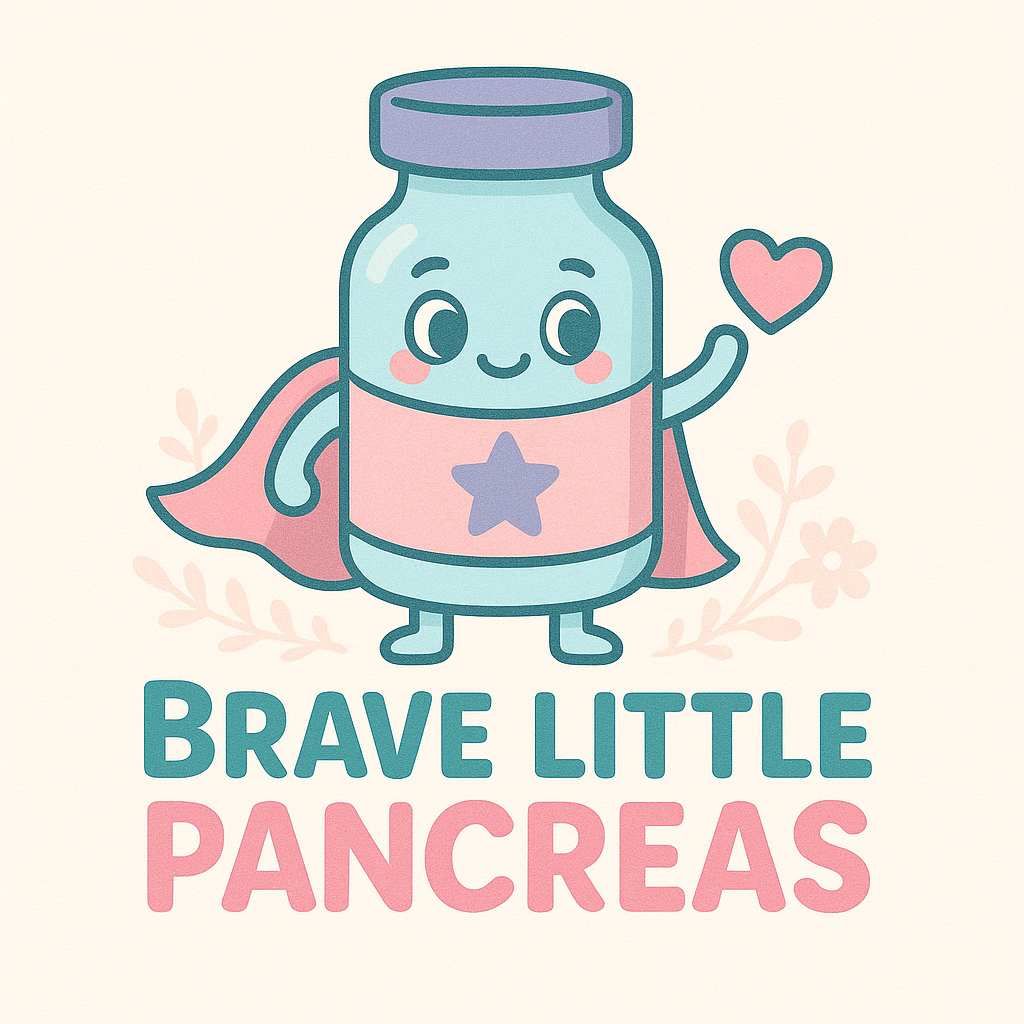FAQs
What is Type 1 Diabetes (T1D)?
Type 1 Diabetes is an autoimmune condition where the pancreas stops making insulin. Kids and adults with T1D need insulin every day to survive. It is not caused by diet, sugar, or lifestyle.
What’s the difference between Type 1 and Type 2 Diabetes?
Type 1 is an autoimmune condition. The body no longer produces insulin at all.
Type 2 is different — it’s often linked to insulin resistance and sometimes lifestyle, though not always. Type 1 cannot be prevented and is not anyone’s fault.
Who are your resources for?
Our resources are designed for:
Parents and caregivers of kids with T1D
Teachers and school staff
Babysitters, coaches, and family members who want to learn how to support a child with T1D
Do your resources replace medical advice?
No. Brave Little Pancreas provides tools, guides, and educational resources — but they are not a substitute for professional medical advice. Always follow the child’s care plan and instructions from their healthcare team.
Parents & Caregivers Supporting a Child with T1D
How can I support my child after diagnosis?
The first weeks and months can feel overwhelming. Start with the basics — learning how to check blood sugar, give insulin, and count carbs. Don’t try to learn everything at once. Lean on your care team and use our printables and guides to help make routines easier.
What are the most important things to keep on hand?
Always have:
Glucose tabs or juice boxes for lows
A meter or CGM device for checking blood sugar
Insulin and supplies (pens, vials, or pump supplies)
A snack bag for school, sports, or outings
We also provide Low Kit checklists so you can build a ready-to-go bag.
How can I help my child feel “normal” at school or with friends?
Encourage independence at their pace. Involve them in checking numbers or choosing snacks. Communicate with teachers so your child doesn’t feel singled out. Remind them: T1D is just one part of who they are — it doesn’t define them.
How do I balance being protective with giving my child independence?
This is one of the hardest parts. A good approach is “shared responsibility” — parents oversee and double-check, while the child takes on age-appropriate tasks (like checking blood sugar or entering carbs). Over time, this builds confidence without leaving them alone.
Where can I find emotional support?
Parenting a child with T1D can be stressful. Support groups (online or local), diabetes camps, and connecting with other families make a huge difference. Brave Little Pancreas also shares tools for both parents and kids to feel less alone.
Teacher FAQ: Supporting Students with Type 1 Diabetes
How can teachers support a child with T1D?
Teachers play a huge role! Support may include:
Allowing snacks, bathroom breaks, or water at any time.
Recognizing symptoms of low or high blood sugar.
Following the child’s care plan in case of emergency.
Communicating with parents or caregivers regularly
We provide free teacher resources to make this easier (cheat sheets, quick guides, and substitute info sheets).
Can my student participate in PE, recess, and sports?
Yes! Kids with T1D should participate like their peers. They may just need to check blood sugar or have a snack before or after activity.
Can students with T1D have birthday treats or classroom snacks?
Yes, but they may need to check their blood sugar and take insulin. Always give parents advance notice about food events if possible.
What if my student asks to use the bathroom or get water a lot?
Frequent bathroom breaks and thirst can be signs of high blood sugar. Never deny these requests — they’re important for safety.

